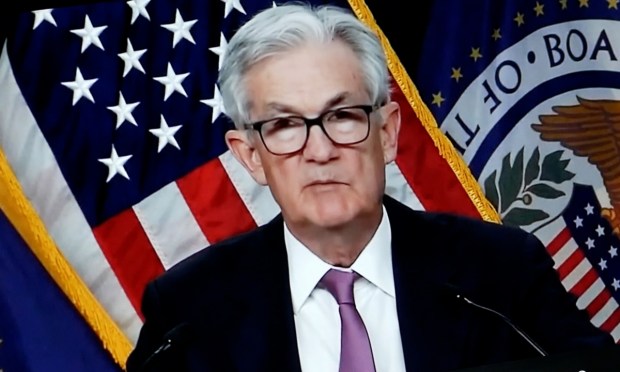Higher for Longer Means Tougher for Longer for FinTechs

The Federal Reserve said last week that higher interest rates could stick around.
As The Wall Street reported Sunday (Sept. 24), this “higher for longer” strategy could spell bad news for FinTechs like PayPal, Affirm and Robinhood, all of whom have seen their stock fall since the Fed raised rates.
The report argues the rate increases are designed to slow the economy, which could place pressure on struggling consumers who are more likely to use FinTech lenders instead of banks. In addition, the rate increases driving up FinTech’s borrowing costs, putting smaller players at risk of going under.
“Higher rates for longer are bad for emerging industries like FinTech,” John Hecht, an analyst at Jefferies, told the WSJ. “There will eventually be a consumer consequence where consumption will slow, defaults will move upward. Generally speaking, it’s gonna be a tough go.”
Meanwhile, the report added, companies are seeking ways to stay afloat. It offers the example of buy now, pay later (BNPL) providers like Affirm growing more discerning in which customers they offer credit to, and asking consumers to put up more money up front.
As reported here last week, Affirm is also apparently considering a subscription service called Affirm Plus that would offer upgrades for both its BNPL plan users and savings account holders. The move would help Affirm diversify its revenue streams and drive user growth as it faces increasing competition in the BNPL and online savings markets, and help the company offset higher funding costs resulting from rising interest rates.
Meanwhile, another rate increase will place even further pressure on consumers, many of whom are set to begin resuming payments on student loans. PYMNTS intelligence has shown that the repayments can and likely will take a bite out of discretionary income for consumers across a range of demographics.
There is also recent data showing how consumer spending habits have been changing, whether that meant changing merchants, switching to lower priced brands, buying in smaller quantities, or some combination of the three.
“The fact remains that consumers are wary about what they spend, and where, and when a dollar does not go as far as it used to, the stats that show a resilient consumer may in fact hide some cracks forming in what historically has been a sturdy foundation,” PYMNTS wrote last week.

